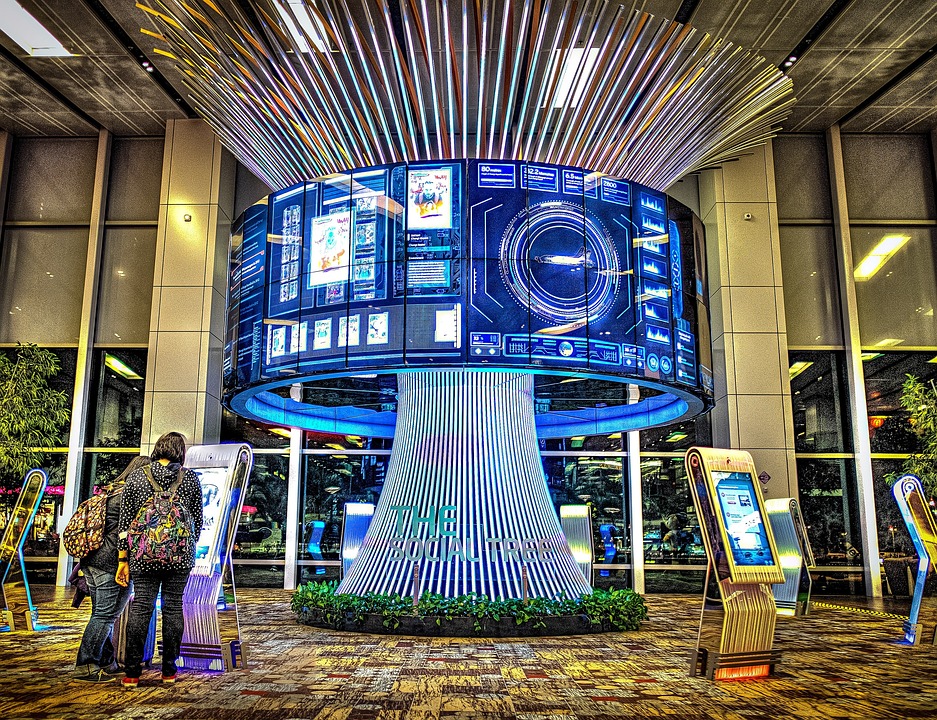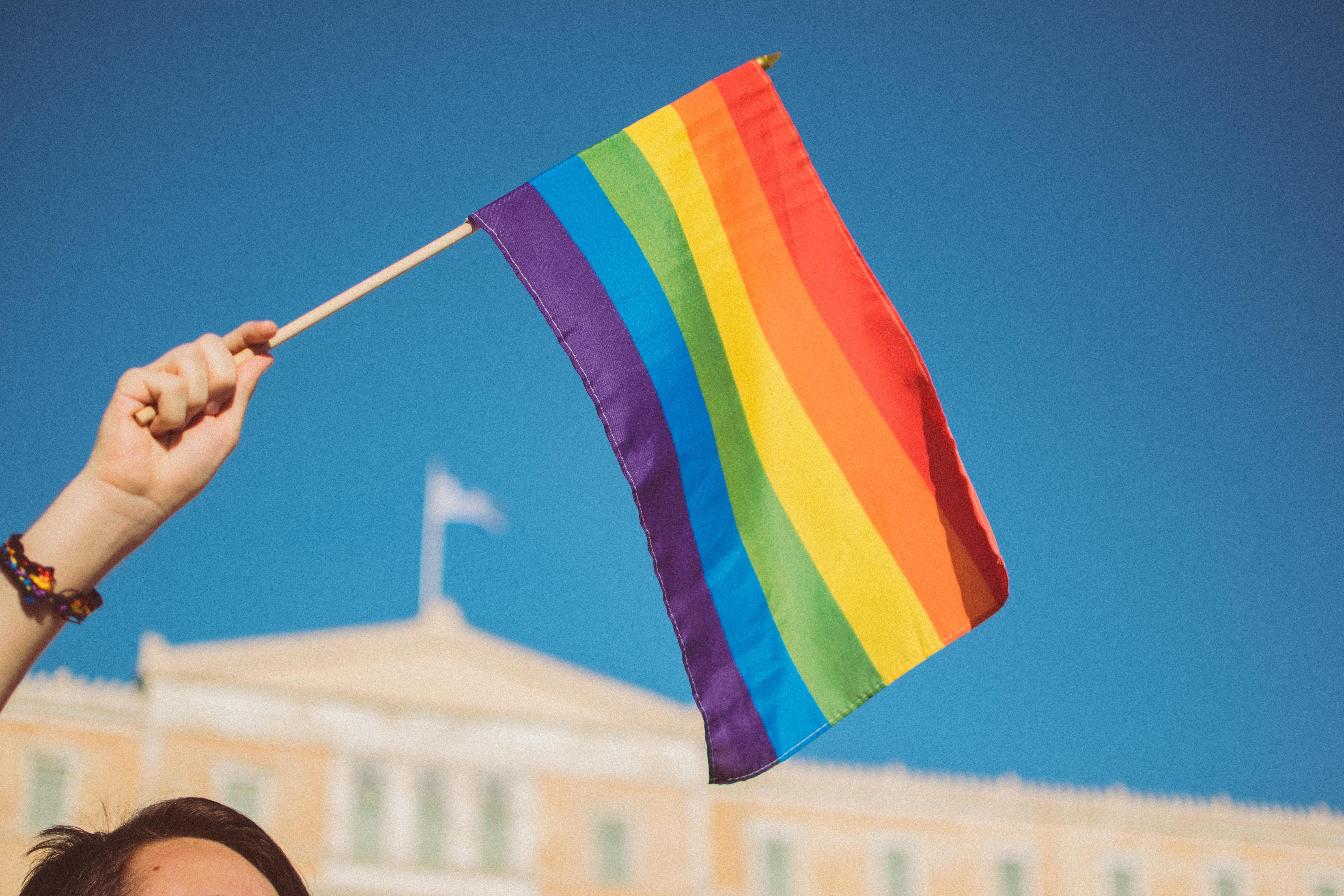
Does AI in tourism have unlimited possibilities?
Does AI in tourism have unlimited possibilities? Are all possibilities positive? Will there be a new level of crime, automation and robots displace workers and ICT has stifled human interaction? Are we ending up in a circle of choises or does this lead us to pilgrimage unknown paths? Have hardcore tourist ended up to be […]

Is smart tourism better tourism?
Nowadays, Information and Communication Technologies (ICT) are omnipresent. The digital age and its innovations in ICTs have changed society as well as economic and environmental development profoundly. ICT innovations are perceived and identified as one of the crucial game-changers in reaching Sustainable Development Goals.1 In this context, “smart” has become a buzzword. Gretzel, Sigala, Xiang […]

Why should Smart Tourism Destinations invest in IoT solutions – or should they?
In recent years, the tourism industry has embraced the idea of Smart Tourism Destinations, emerging from the concept of Smart Cities. In both, the beating heart is the marketing word ‘smart’, representing all things that can be embedded or enhanced by technology¹. In fact, technologies such as cloud computing and the Internet of Things (IoT), […]

How has technology influenced the rise of LGBT tourism?
What is LGBT tourism all about? LGBT tourism is the process of tourism product and service development and marketing that caters the needs of lesbian, gay, bisexual or transgender people. This specific segment of tourism provides opportunities to select destinations, accommodations, transport, events and so on, which are LGBTQ+ friendly. These create options […]
Welcome to Tourism Marketing and Management
Welcome to the blog of International Master’s Degree Programme in Tourism Marketing and Management by University of Eastern Finland. This blog is an essential part of the programme and will bring forth the ideas and news from the programme. We aim to build a significant international platform for making tourism better with this programme and […]